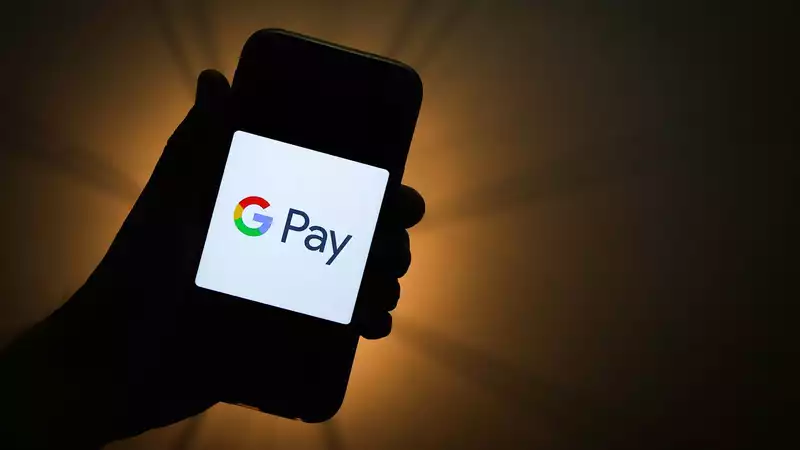The new Google Pay app, coming in late 2020, could be life-changing in several ways For those who prioritize convenience, Google Pay may replace Venmo, Quicken, Splitwise, and plastic credit cards
And for those concerned that this technology giant knows as much about your money as it does about your search habits Google Pay could be the catalyst for you to throw your phone in the lake and head for the bunker
Before you fully commit to either option, let me tell you everything you need to know about using Google Pay Of course, we'll also give you the specific steps you need to take to be able to use Google Pay
Not surprisingly, Google Pay is everything in a sense As the newest player in the online wallet game, Google Pay is really replacing the contents of a battered billfold and transferring everything to the one item we'll never give up: our cell phones
Google Pay is an easy way to:
People and services in the US and India: as of this writing, in-person payments are available in the US and India
Online retailers with "participating websites" in most countries of the world
In-store payments for those with Android phones (see below) in over 1 million stores in the US, UK, and other countries Google Pay can be used anywhere with a contactless payment icon
Yes, but not completely Google is trying to leapfrog the OS with Google Pay, a sure sign that the company is aiming for complete ubiquity in the financial sector Currently, payments to friends and family can be made by either Apple or Android users, but in-store payments can only be made by users with Android phones
Therefore, any US-based Android user is in a position to take full advantage of the Google Pay ecosystem For the rest of the users, Google has made it easy to check the availability of each feature
Just a couple of steps to get up and running:
Note: You can start making payments with just one financial connection, such as a bank or PayPal login or credit card However, you will eventually need to take the time to tell Google Pay all the credit cards you are using in order to keep track of your actual spending
A common theme among all e-wallets is that they are more secure than actual wallets How
First, there are fewer physical components to lose; e-wallets like Google Pay are more secure than swiping a card This is because Google Pay does not provide your credit card number to retailers Rather, Google Pay provides the retailer with a token containing your banking information Therefore, even if the retailer is hacked, your information is not at risk
At the time of purchase, Google Pay works with "near field communication" (NFC) technology, the same technology that underpins contactless payments worldwide Like online purchases, NFC does not pass card information, only an encrypted token
And for those who think of security as being about germs as well as data transmission Google Pay at the time of purchase is 100% contactless, the card is never replaced, and no machine touches anything but your own
Some people may sacrifice convenience for this kind of security: in order to use Google Pay, you must have the automatic screen lock turned on
Google Pay Rewards is, for now, a huge carrot for Google to expand its user base Google has partnered with hundreds of companies to line their pockets to provide financial incentives to use Google Pay and to get other users to sign up for Google Pay
Once you're in the system, you'll see a whole new set of ads every time you open the app, in your Gmail account, and of course, when you're looking at news online
Google Pay may be just the ticket for those who want to understand their spending but don't want to go full Mint/Quicken with the best personal finance software Google Pay forms insights by payment destination ("How much have I paid for my student loans so far this year? How much have you spent at your local pub?"), but also forms insights by category
Google Pay is also flexible The question "How much did you spend on food last month?" can be centered around groceries in general, providing information about grocery stores, restaurants, and other obvious grocery items that would appear on a credit card bill, or it can show only the amount spent on eating out
Just tap the submit button at the bottom of the screen The app will ask if you want to pay or receive the money, and from there, follow the simple instructions to enter the recipient (phone number, email address, contact person) and the amount
Google makes a big claim that someone does not need to use Google Pay to receive money However, when I tried to send using the "pay" button, the app created a sales pitch to send to my contact The trick to sending without recruiting is to press the "send" button, not the "pay" button This kind of glitch is frustrating despite the great user experience
Integrating everything you use to spend money, earn rewards in the process, and gain actionable insights into your behavior, Google Pay is truly a one-stop financial store, replacing countless existing applets But only you can decide how you feel about Google learning even more about you
How I decided I will continue to use Google Pay for three months At that point, the app promises to ask me again if I want it to provide me with the insights I need to look deeper into my data










Comments